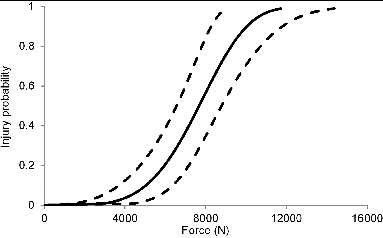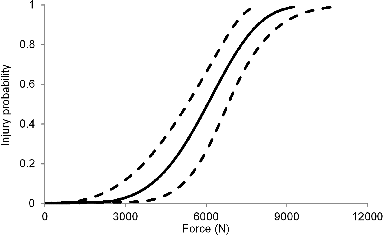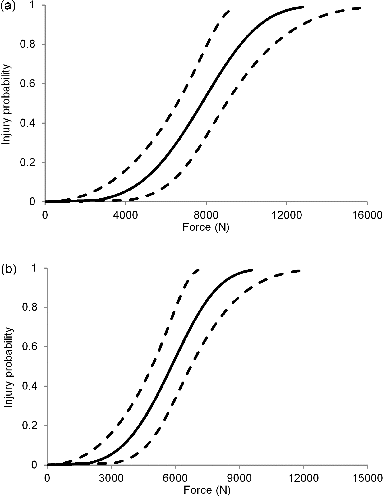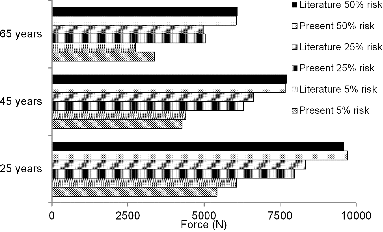Figures & data
Table 1. Summary of data from different groups of studies

Table 2. Summary of forces (N) at discrete risk levels for different age groups
Table 3. Quality indices at different injury probability levels




Register now or learn more
Open access





People also read lists articles that other readers of this article have read.
Recommended articles lists articles that we recommend and is powered by our AI driven recommendation engine.
Cited by lists all citing articles based on Crossref citations.
Articles with the Crossref icon will open in a new tab.